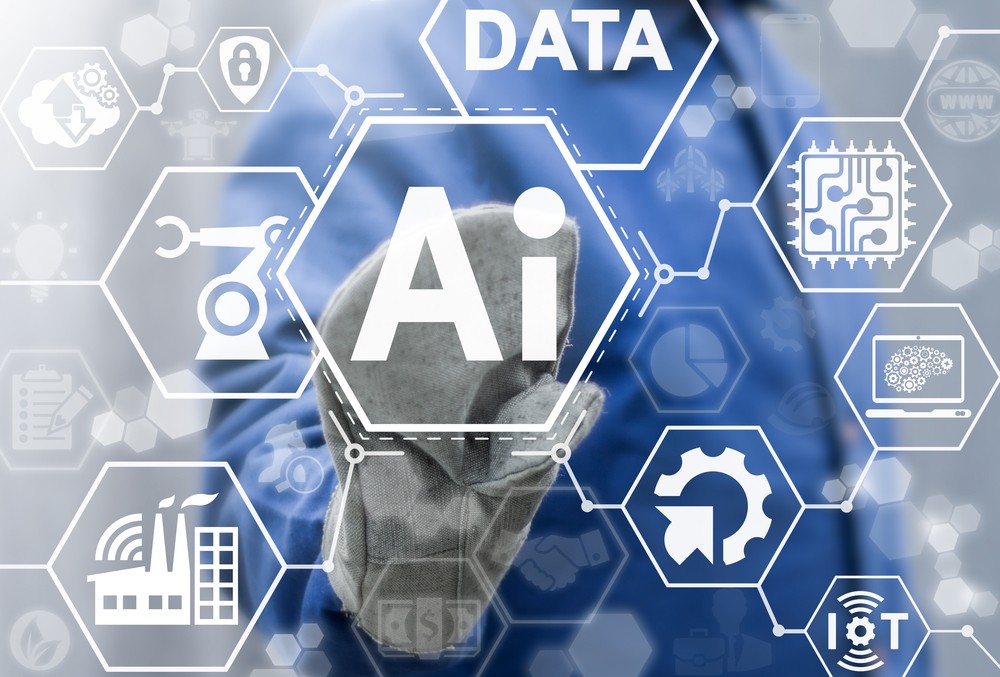As 2020 has unfolded, digital disruption has had many organisations feeling the pressure to innovate to streamline internal operations and customer-facing experiences more quickly. However, as organisations look to drive innovation by transforming business processes, they often run into roadblocks or are uncertain of where to begin.
Hyperautomation may be the solution. Hyperautomation deals with the application of advanced technologies, including artificial intelligence (AI) and machine learning (ML), to increase the scope of automated processes and augment the efforts of the human workforce.
Fast tracking hyperautomation
Hyperautomation requires implementing the right combination of the right technologies, in the right order, at the right time. By adopting an intelligent automation platform, organisations gain the tools they need to jumpstart digital transformation and follow a methodology that catapults them into a state of hyperautomation:
Process discovery: Organisations can use IA to easily analyse patterns and tasks, then quickly identify automation opportunities. Businesses can also discover potential challenges with compliance or regulatory issues and remediate them swiftly.
Digital workflow orchestration: They can centrally build and run automated digital workflows in collaboration with existing applications and human workers. Orchestrating multiple people, actions, software robots, policies and systems enables organisations to analyse, measure and optimise business activities.
Robotic Process Automation (RPA): Businesses can reliably and efficiently automate repetitive, manual tasks across the enterprise, even through web interfaces and business apps.
AI and machine learning: Advanced automation technologies can be leveraged to understand, classify, and extract data including voice, text, chat, and images. AI allows organisations to automatically recognise people and documents, understand the content and context of communications, and make more insightful business decisions. Machine learning improves the accuracy of document identification, classification and separation conducted as part of cognitive capture and RPA.
Digital workforce management: An Intelligent Automation platform provides the capability to govern a growing digital workforce, including software robots that improve security, compliance, scalability, and auditability. Organisations can increase work capacity without adding headcount.
Analytics: Businesses can measure the impact of intelligent automation across the enterprise and calculate ROI. Improved visibility, process intelligence and insight into customers, employees and business partners give executives the tools and information needed to adapt to changing market conditions and customer expectations.
Benefits of hyperautomation
The benefits of hyperautomation are measurable:
Reduced costs: Intelligent automation of business processes and workflows reduces the time and resources needed to complete manual tasks and cuts down on the number of errors.
Scalability: Hyperautomation transforms a manual or complex task into a reliable and repeatable process. A collaborative ecosystem of complementary technologies and humans working together generates exponentially better outcomes across the business.
Personalised customer experience: Hyperautomation enables organisations to deliver a more personalised customer experience, resulting in improved satisfaction, loyalty, and revenue.
Operational excellence: An efficient workforce comprised of the right blend of human and digital workers creates a flexible and agile organisation that can swiftly respond to changing market conditions.
Employee work satisfaction: Human workers enjoy the more thought-provoking and strategic work automation allows them. Workers get more satisfaction out of their jobs when they can see the added value they bring.
Executives who want to drive innovation and transform business processes will do well to consider hyperautomation.




